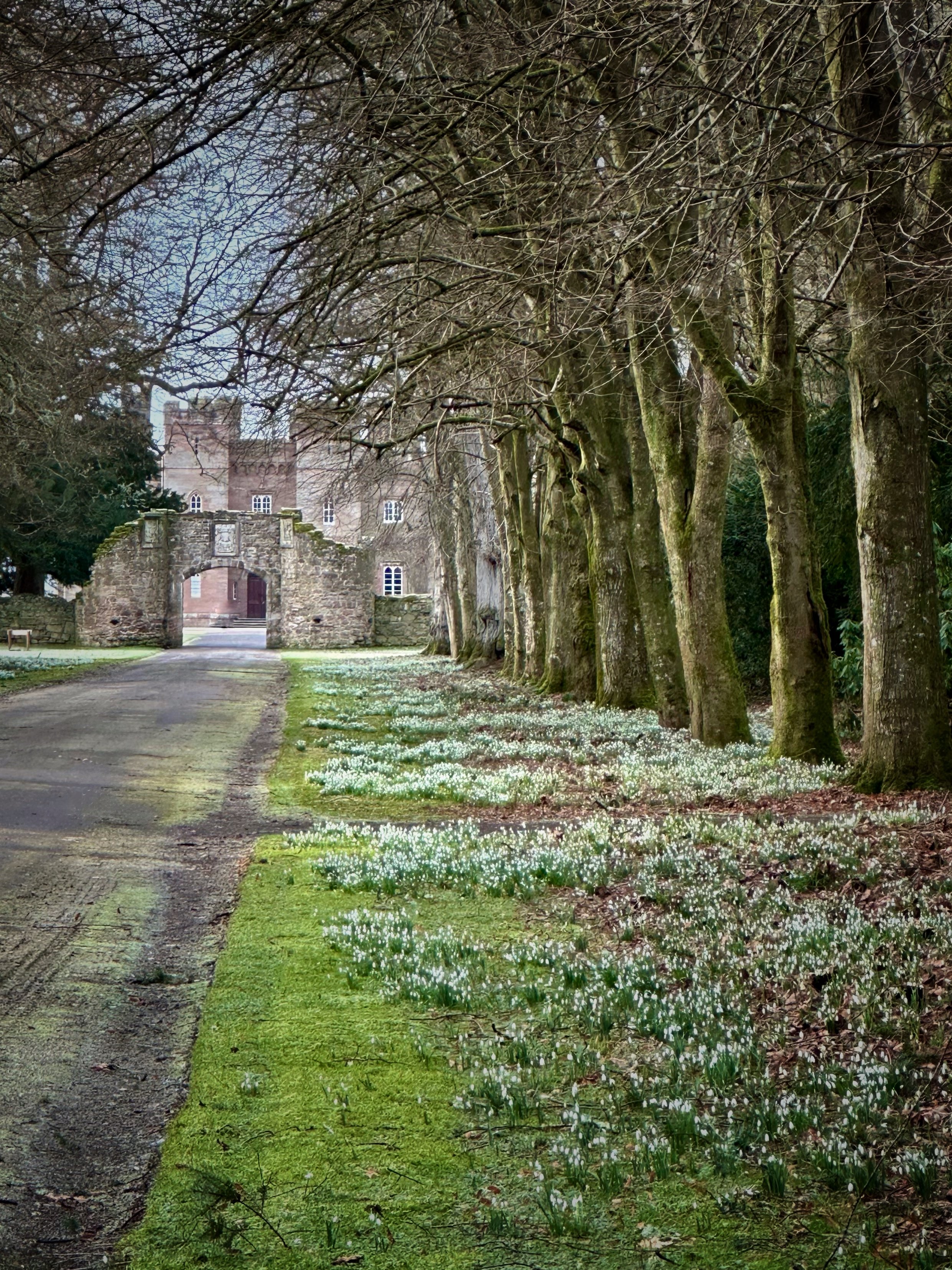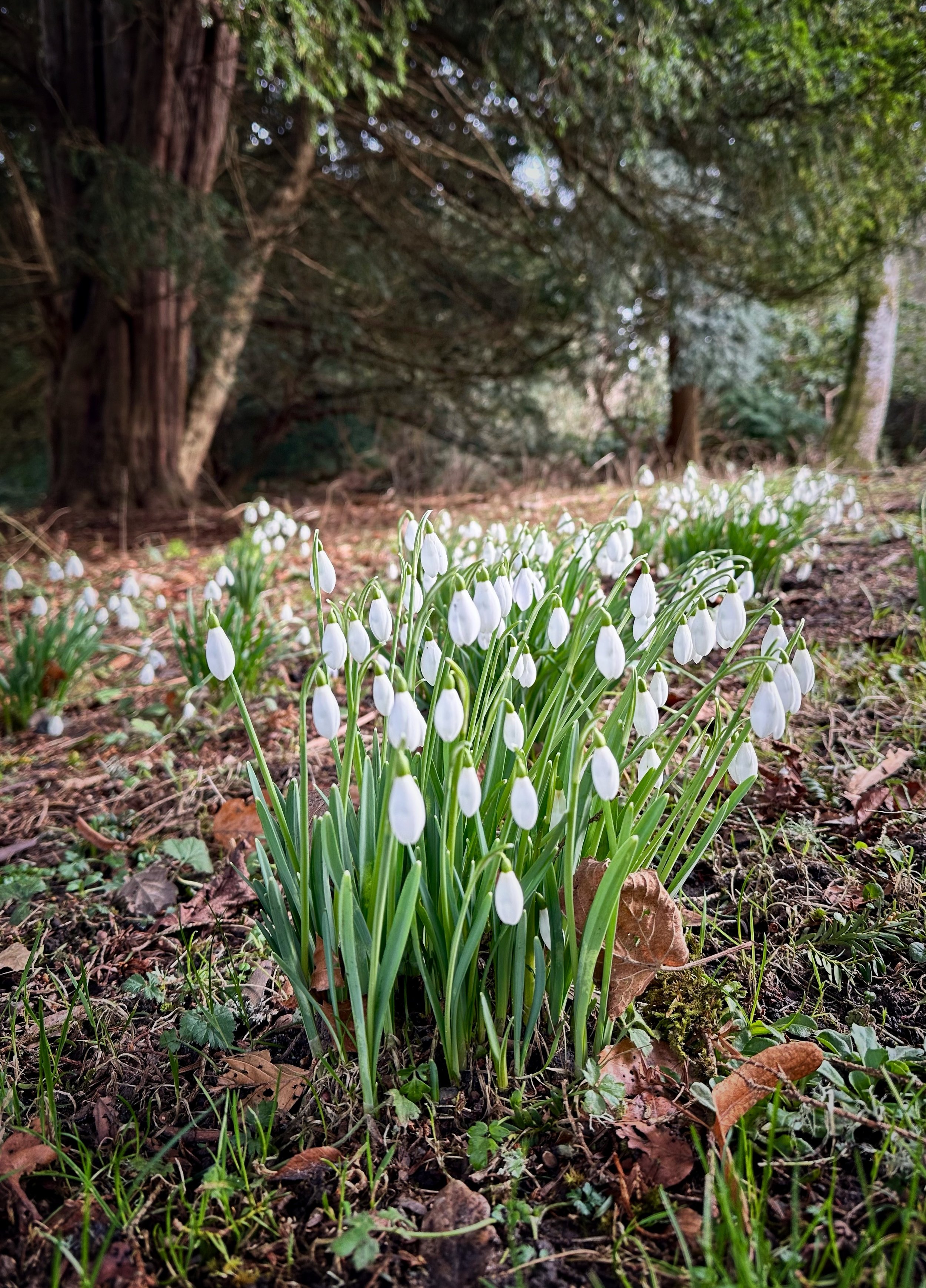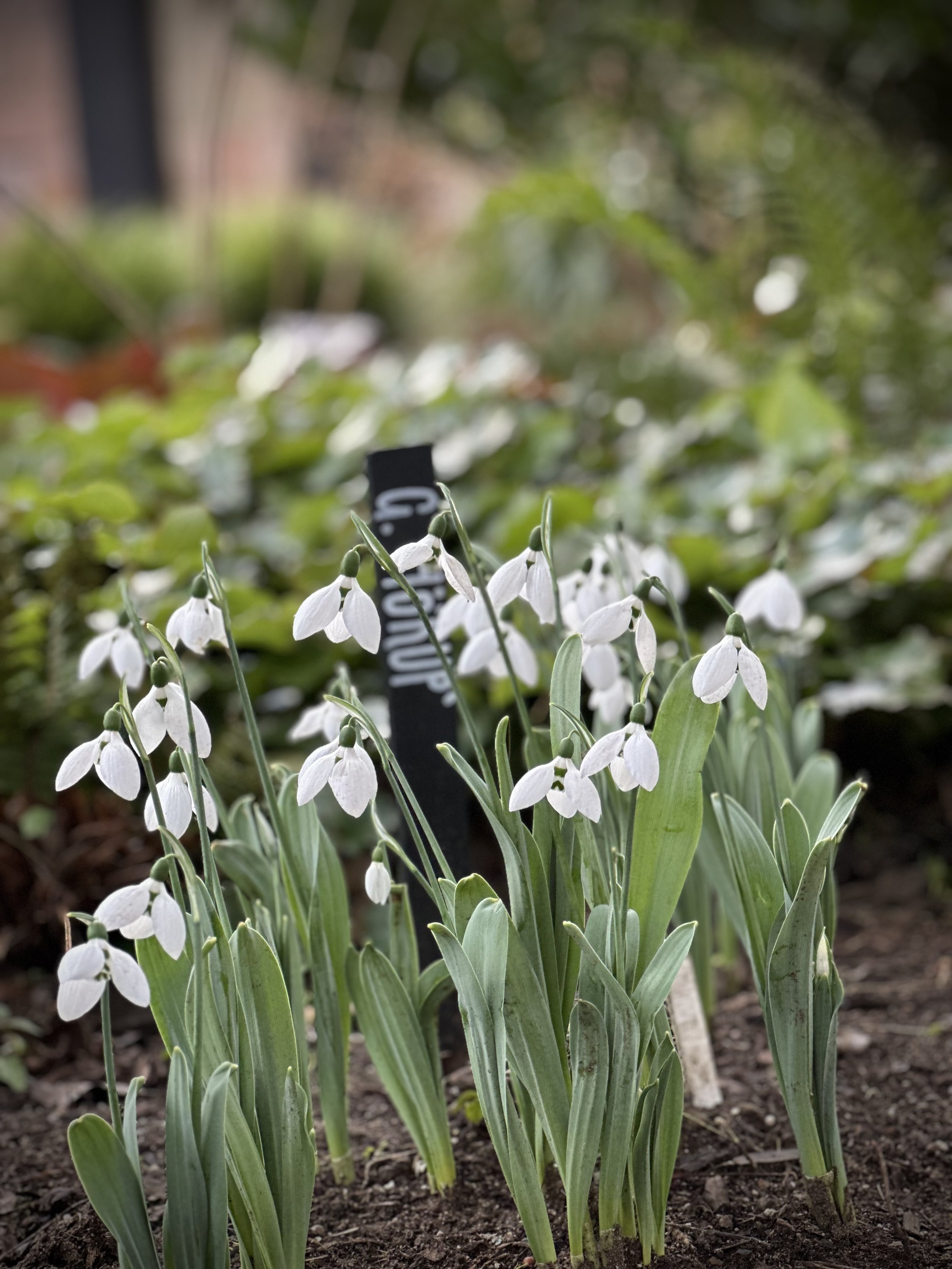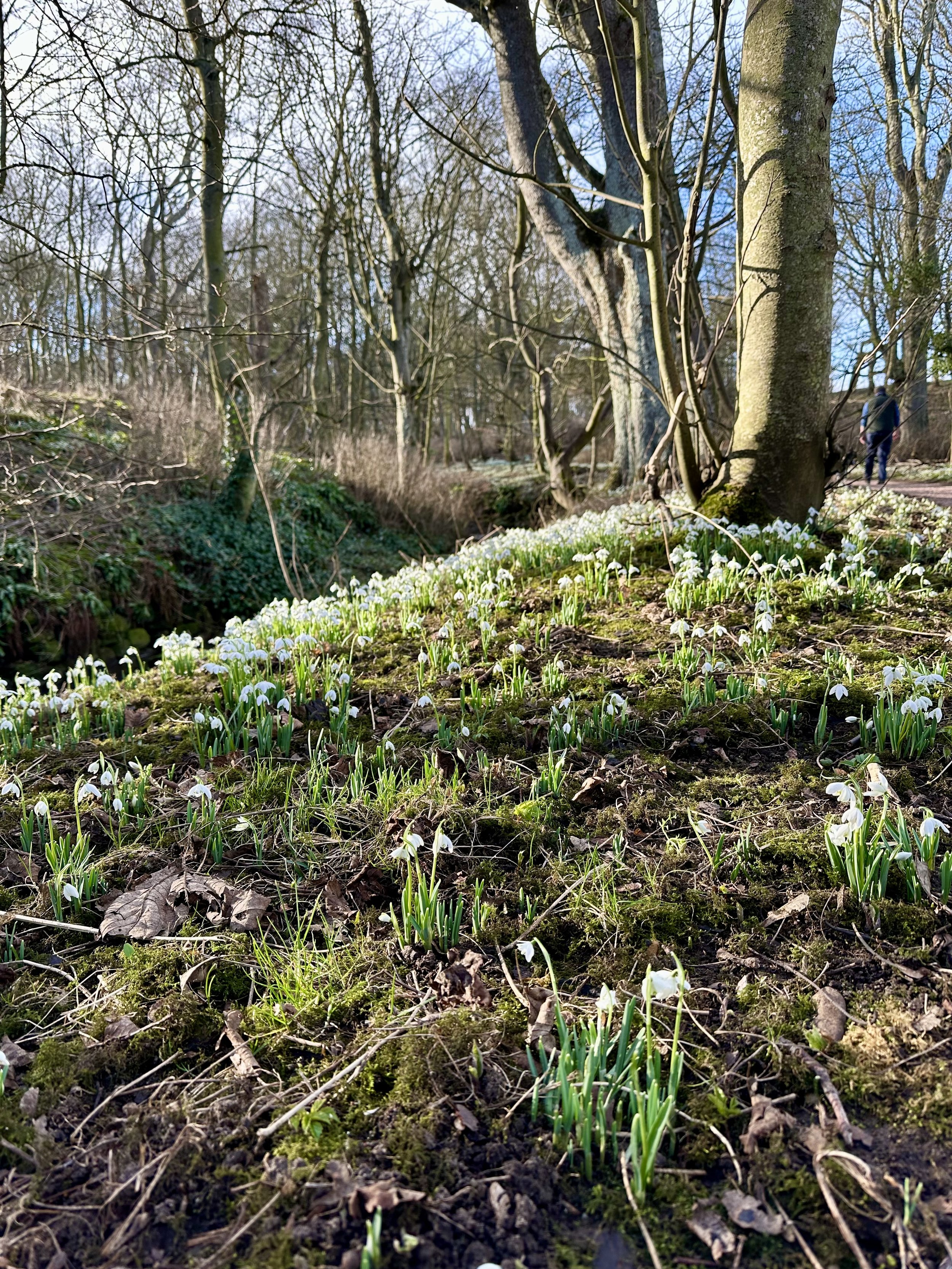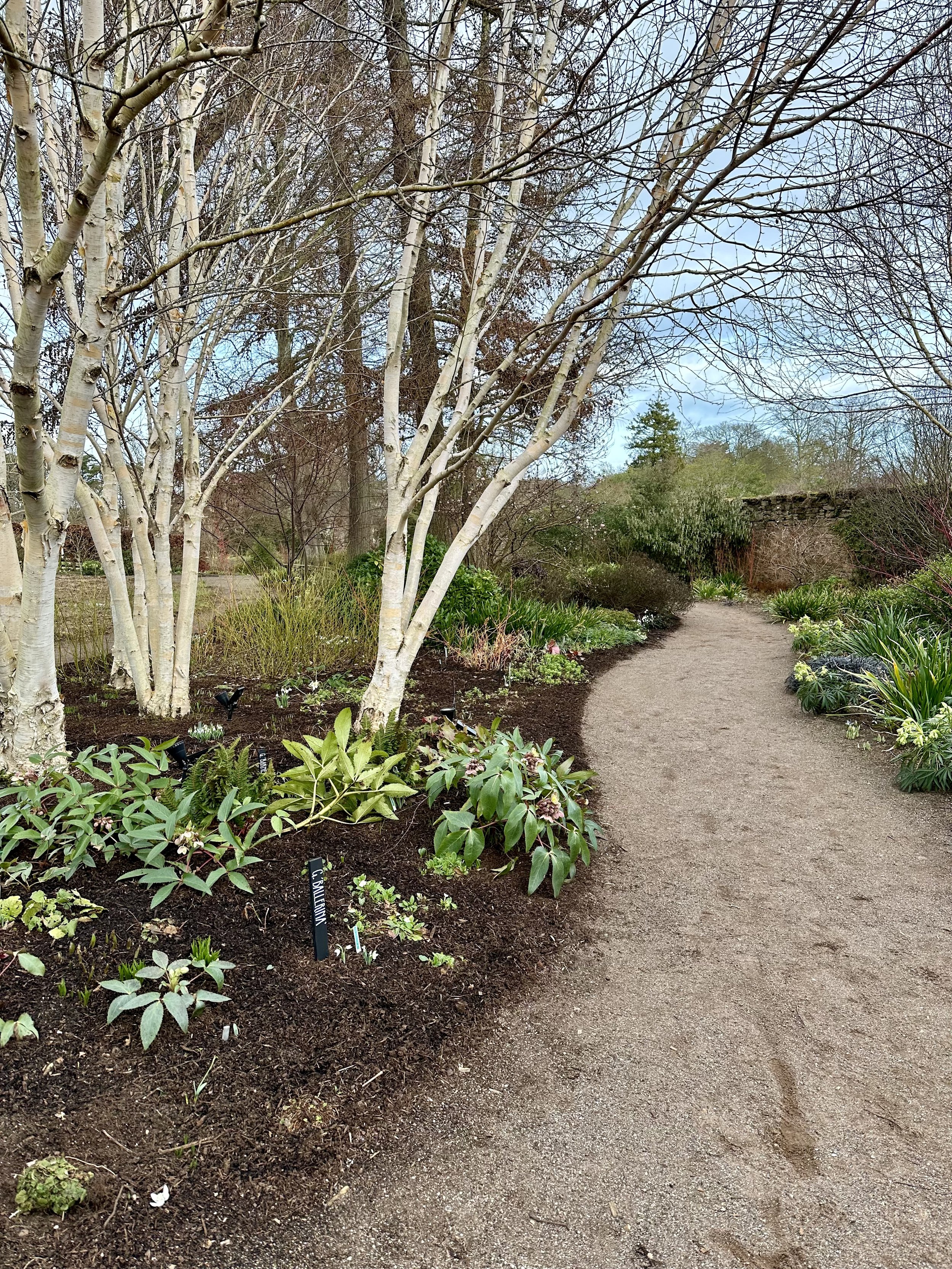Chapter Two
If January is the misplaced month, then February is the fickle one. It gives with one hand and snatches back with the other. We wait patiently for it to arrive throughout the inconspicuous days of January, hoping that when it comes, it will bring with it discernible signs of spring. And yet, more often than not, we find ourselves held hostage in the relentless grip of winter. But if we take the time to look, we will see that February is actually a plucky little month; one full of courage and determination. For underneath the silver-thatched grass and iron-clad earth, the cycle of the seasons is well underway.
Most of us prefer to observe the passing of February from the comfort of our homes. It’s the month we simply have to get through. A mere box that needs to be ticked. But as the naturalist author Edward Step once wrote, ‘We cannot learn the story of the year if we only read eight or nine of its twelve chapters’.
If you are undaunted by the biting breezes and steely skies, and feel adventurous enough to step outside, you will find that our briefest month is actually one filled with optimism and charm. For February may be the shortest month of the year, but what it lacks in number of days, it more than makes up for in accomplishments. Daylight hours start to increase rapidly, and by the end of the month, we have 3 additional minutes of daylight to enjoy. This may seem inconsequential as a figure, but those precious minutes are the rungs of a ladder upon which spring climbs up and out from the clutches of winter.
It is often said that winter can feel longer in towns and cities and that the arrival of early spring is more noticeable in the countryside. Perhaps this is because unlike autumn, which always seems to arrive boldly and ablaze with colour, spring steps forward tentatively, with an unassuming shyness. It’s certainly the case here in Scotland. As I scroll through the content of my Instagram feed, I’m made keenly aware of how Scotland is falling behind in the race to reach springtime. The trees that line the pathway down to the loch remain stubbornly haggard and bony. The earth feels bland and unyielding underfoot. And yet, if I look more closely, I will see that the earth is rich and deep, built from the layers of seasons past. As I move away from the beaten track, I may see paw prints in the frost or snow, signalling that animals are once again on the move. I may hear the buzzing of early pollinators searching for pollen and nectar. The increasing daylight will have awakened nature’s conductor as he taps on his music stand, ready to begin the overture of the dawn chorus. Then of course, there are the snowdrops.
Those of you who have always believed the snowdrop to be native to Britain may be surprised to learn that it was first recorded on mainland Europe and introduced to Britain at the start of the 16th century. Its name actually translates as ‘milk flower’ using the Greek terminology we still use today: Galanthus from the Ancient Greek gála (milk) and ánthos (flower). However, the full Latin name for our adopted common snowdrop is galanthus nivalis; nivalis being the Latin word for snow. It wasn’t until 1770 that the snowdrop was recorded in Britain after having naturalised in Gloucestershire.
The snowdrop was quick to spread, both physically and symbolically. The Victorians, who were known for their fascination with floral symbolism and the language of flowers, associated the flower with hope. However, to the superstitious Victorians, the snowdrop also became the harbinger of death, as swathes were planted and thrived in graveyards. It was believed that if you bought them into your house, the Grim Reaper wouldn’t be far behind. However, no such qualms worry us today. A few snowdrop stems on the mantelpiece bring comfort and joy as we patiently watch each week of winter pass by, stamping the snow from its boots at our thresholds and lifting the latch on the garden gate into spring. But if you are fortunate enough to live near an established snowdrop garden or woodland, then nothing equals the wonderment of actually walking among them.
For me, there are two places which are a must for snowdrop watching in Scotland; Scone Palace in Perthshire and Cambo Gardens in Fife. Every year, around the first week of February, both gardens welcome visitors to their annual snowdrop celebrations.
Originally designed to welcome the Earls of Mansfield home from their winter travels, the snowdrops at Scone Palace have naturalised over many generations and now cover the grass verges that line the pathways and avenues. In a matter of days, the woodland at Scone Palace becomes stippled with little dots of white, as the grounds turn into a pointillist masterpiece. Visiting on a crisp day is like stepping into a paperweight and looking out from underneath a glass-like sky. The dappled light falls through the trees illuminating clumps of pristine flowers heads; it is their cue to enter stage left, like a troupe of ballerinas in tutus, waiting to leap and dance in the first breath of spring.
Cambo Gardens in Fife can boast an impressive CV when it comes to the cultivation of snowdrops as it holds one of the national collections. Situated on the Fife coast, the gardens meander down through woodland to unspoiled beaches under acres of sky. More cultivated than Scone Palace, it is a paradise for any calibre of botanist. Species are clearly labelled and planted thoughtfully as to show off their individual qualities and perfections.
But whether you go to escape, reconnect or simply observe, a walk among snowdrops anywhere will leave you feeling as though you have pressed your reset button. Because that is what February is, it is a month of readjustment and acclimation, giving us a second chance to get it right. A time to reflect on the blunders of January and make plans for the year ahead. Because as the British poet Patience Strong once wrote, ‘In February, there is everything to hope for and nothing to regret’.


